Rising Adoption of Solar Energy Systems
The Three Phase Micro Inverter Market is significantly influenced by the rising adoption of solar energy systems. As more consumers and businesses seek sustainable energy solutions, the demand for solar installations has surged. In recent years, the number of solar installations has increased by over 20% annually, reflecting a growing awareness of environmental issues and energy independence. Micro inverters play a crucial role in these systems by enabling individual panel optimization, which enhances overall system performance. This trend is expected to continue, with projections indicating that the solar energy market could reach a valuation of over 200 billion by 2030. Consequently, the increasing integration of micro inverters into solar energy systems is likely to propel the growth of the Three Phase Micro Inverter Market.
Increased Efficiency of Energy Conversion
The Three Phase Micro Inverter Market is experiencing a notable shift towards enhanced energy conversion efficiency. Micro inverters are designed to optimize the output of each solar panel, allowing for better performance in varying light conditions. This technology can achieve efficiencies exceeding 95%, which is a compelling advantage over traditional string inverters. As energy demands rise, the need for efficient energy solutions becomes paramount. The increasing efficiency of micro inverters is likely to drive their adoption in both residential and commercial sectors, contributing to a projected market growth rate of approximately 15% annually over the next five years. This trend indicates a strong preference for technologies that maximize energy output, thereby reinforcing the position of micro inverters in the renewable energy landscape.
Growing Demand for Energy Storage Solutions
The Three Phase Micro Inverter Market is also influenced by the growing demand for energy storage solutions. As more consumers install solar panels, the need for efficient energy storage systems becomes increasingly apparent. Micro inverters facilitate the integration of battery storage systems, allowing users to store excess energy generated during peak sunlight hours for use during periods of low generation. This capability is particularly appealing in regions with high electricity costs or unreliable grid access. The energy storage market is projected to grow significantly, with estimates indicating a potential market size of over 100 billion by 2030. Consequently, the synergy between micro inverters and energy storage solutions is likely to drive further adoption and growth within the Three Phase Micro Inverter Market.
Supportive Government Policies and Incentives
The Three Phase Micro Inverter Market benefits from supportive government policies and incentives aimed at promoting renewable energy adoption. Many governments are implementing tax credits, rebates, and grants to encourage the installation of solar energy systems, which often include micro inverters. For instance, various regions have established feed-in tariffs that guarantee fixed payments for solar energy fed back into the grid. Such initiatives not only lower the initial investment costs for consumers but also enhance the overall attractiveness of solar solutions. As these policies continue to evolve, they are likely to stimulate further growth in the micro inverter market, with estimates suggesting a potential increase in market size by 25% over the next decade.
Technological Innovations in Micro Inverter Design
The Three Phase Micro Inverter Market is witnessing rapid technological innovations that enhance the functionality and reliability of micro inverters. Recent advancements include improved thermal management systems and integrated monitoring capabilities, which allow users to track performance in real-time. These innovations not only increase the lifespan of micro inverters but also reduce maintenance costs, making them more appealing to consumers. Furthermore, the introduction of smart grid technologies is likely to create new opportunities for micro inverter applications, as they can seamlessly integrate with advanced energy management systems. As a result, the market is expected to grow at a compound annual growth rate of around 12% over the next several years, driven by these technological advancements.


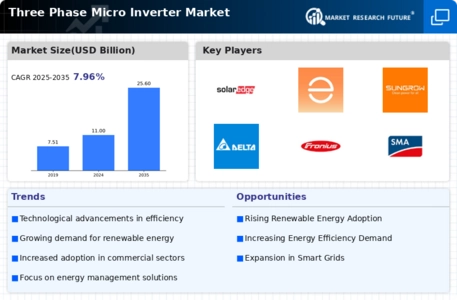
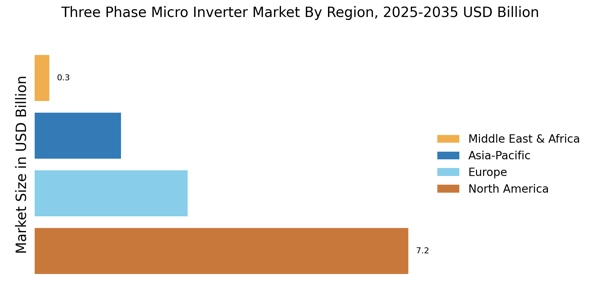
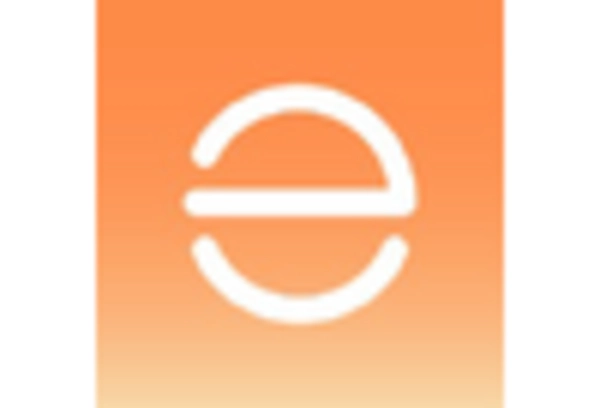
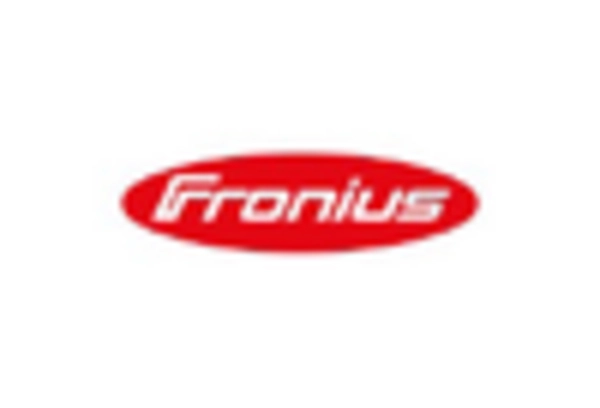
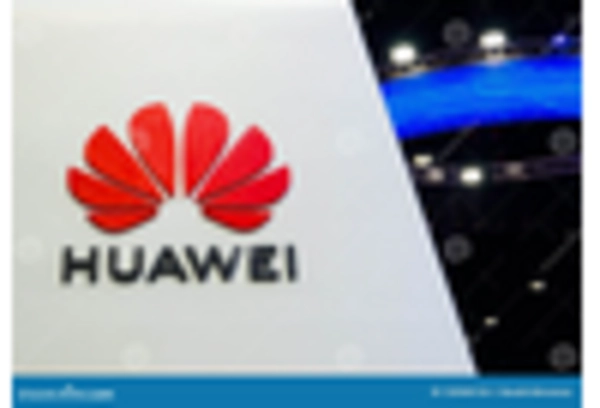
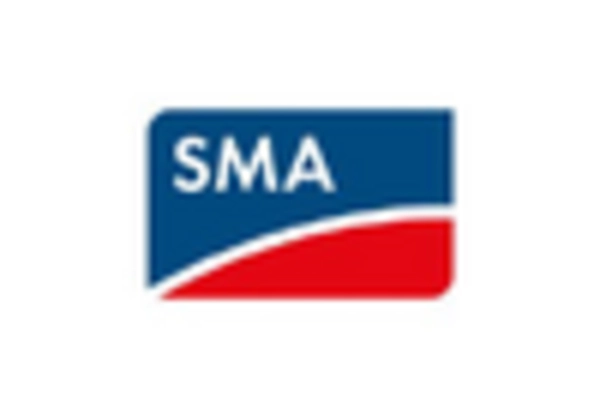
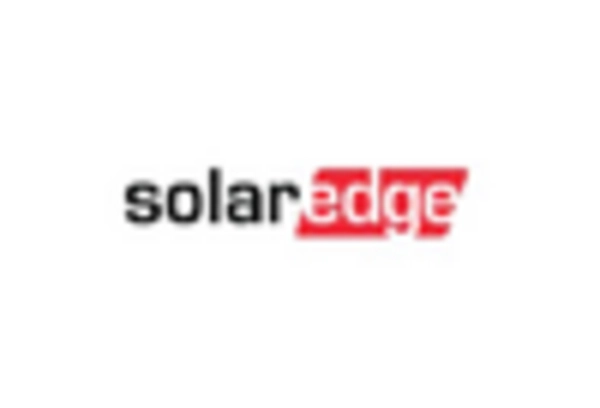
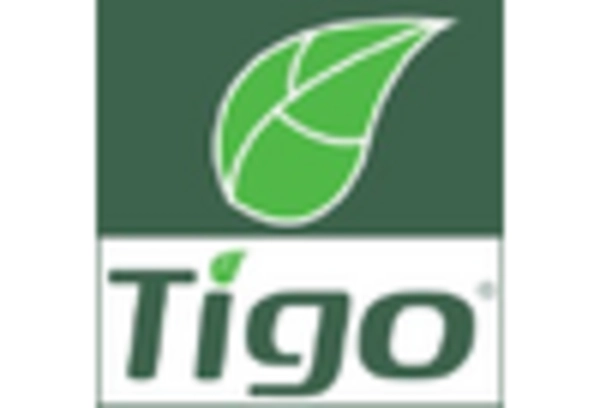








Leave a Comment